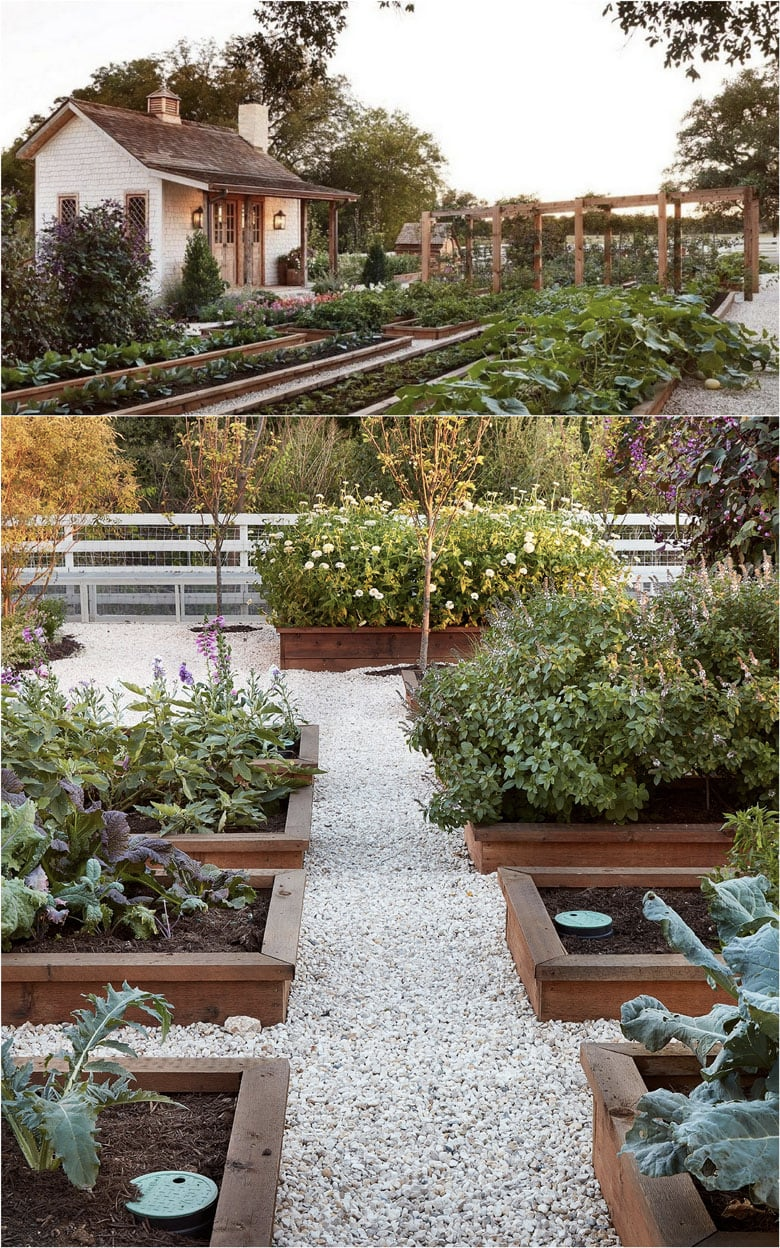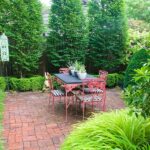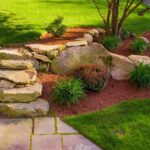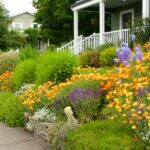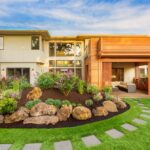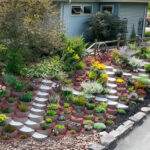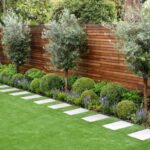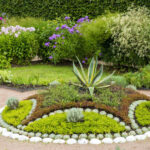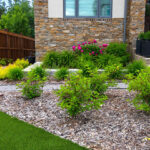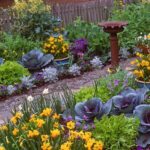Landscaping a garden is a great way to enhance the natural beauty of your outdoor space and create a peaceful and inviting environment for you and your family to enjoy. There are many different elements to consider when designing a garden, including plants, hardscaping, and water features.
One of the first steps in landscaping a garden is to consider the layout and design of the space. This involves determining the size and shape of the garden, as well as any existing features, such as trees, shrubs, or structures. By carefully planning the layout of the garden, you can create a cohesive and harmonious design that complements the overall aesthetic of your home.
Another important aspect of landscaping a garden is selecting plants that are well-suited to the climate and soil conditions of your region. This may involve researching different types of plants that thrive in your area and selecting a variety of flowers, shrubs, and trees that will provide color and interest throughout the year. Additionally, incorporating a mix of native plants and exotic species can help create biodiversity and attract pollinators to your garden.
In addition to plants, hardscaping elements such as pathways, patios, and retaining walls can help define and structure the garden space. These features can also provide practical benefits, such as creating seating areas or directing foot traffic through the garden. When incorporating hardscaping into your garden design, it’s important to choose materials that complement the natural surroundings and enhance the overall aesthetic of the space.
Water features, such as ponds, fountains, or waterfalls, can add a sense of tranquility and serenity to a garden. These features not only provide visual interest but also attract wildlife and create a soothing ambiance. When incorporating a water feature into your garden design, it’s important to consider factors such as maintenance requirements, safety concerns, and the overall impact on the environment.
Finally, lighting can play a crucial role in landscaping a garden, as it can highlight key features, create ambiance, and extend the use of the outdoor space into the evening hours. By strategically placing outdoor lights around the garden, you can create a welcoming and cozy atmosphere for evening gatherings or simply enjoying the beauty of your garden after dark. Additionally, using energy-efficient lighting options, such as solar-powered lights or LED fixtures, can help reduce energy consumption and lower your carbon footprint.
